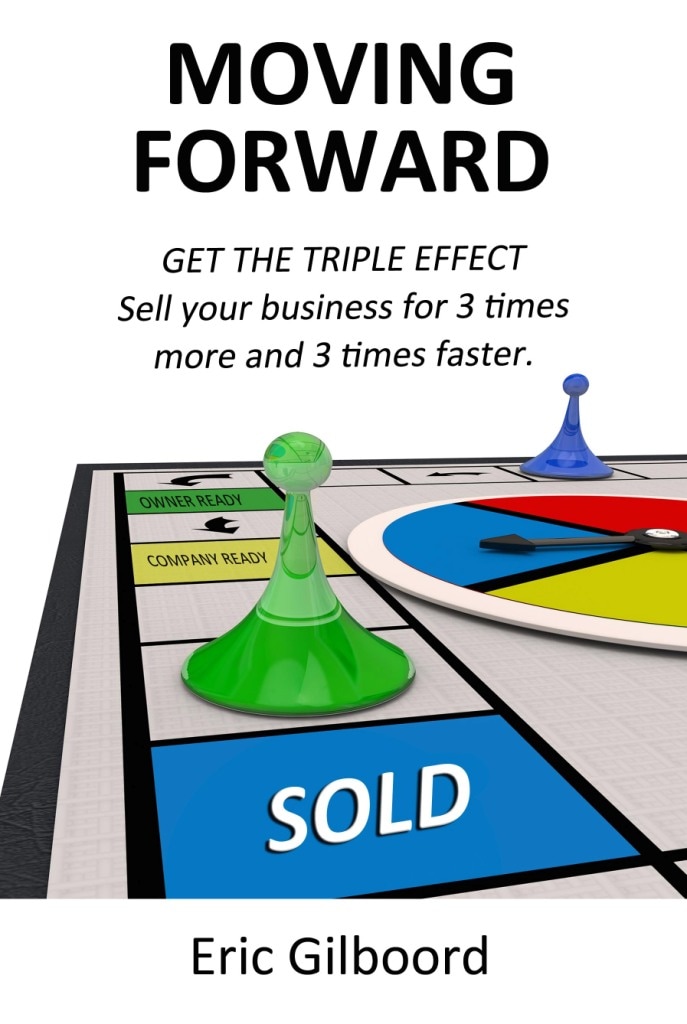1. Know What You Want. Know what information you are looking for. Much of what you are seeking is readily available. Talk to your staff, customers, and suppliers. Equip yourself with a list of the specific information you require. Look at competitors' price plans, additional services, and staff capabilities. Review their product lines and determine how much they overlap with yours.
2. Get to Know Your Competitors. Make sure you balance older established businesses with new ones. Talk to competitors at trade shows when they are more inclined to be chatty. But be cautious: sharp competitors may feed you misinformation or embellish sales figures to make themselves look good. Or they could just be seeing what you know. It goes both ways. Print this post out for your staff.
4. Use The Internet. To obtain a quick insight into a competitor. The information is freely available and easily accessible. Find out if the competitor has a website, Twitter, LinkedIn, Facebook etc. If it does, review the sites thoroughly. Look at association or industry-related sites to learn about upcoming trends in your area of business.
5. Draw Conclusions. Quantity and quality are very different. Masses of statistics are only good if you can draw a conclusion and determine which steps to take. Take action using the information you gather. If competitors lower prices, you may wish to offer additional services instead of cutting prices.
6. Visit Competitors. Call or visit competitors who are in the same (or related) business and talk to their staff. Employees can unwittingly be a tremendous source of valuable information. You may need to make several calls or visits to develop a complete picture of the company.
7. Alert Your Staff. Point 6 can work against you. Educate your staff about confidentiality. Train them to ask callers why they need the information they are seeking. Develop a company policy regarding information to be discussed with outsiders.
8. Take Your Time. Don't expect to gather all of the information you need to make sound business decisions in a few telephone calls or store visits. Take your time. Avoid the trap of using old information. You should be gathering information on an ongoing basis and routinely adjusting your marketing plan.
9. Read Their Brochures. Competitive literature will tell you many things about your competitors, including their strategies, positioning, products and services, target group, and key staff. Make sure that the literature is up-to-date.
10. Call Them. Examine how your competitors answer the phone and approach a prospective customer or opportunity. Call them and pretend to be a new business prospect. Have other members of your staff do the same thing and compare notes.
11. It's Not All Bad. Not everything that your competitors do is right or wrong. Copy the good things and avoid the bad ones.
"If it was easy they wouldn't call it competition." A2E








